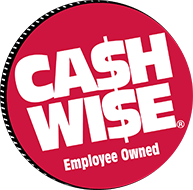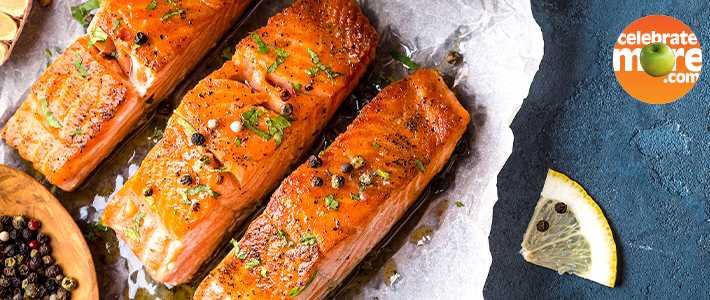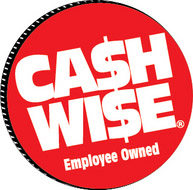The Great Salmon Debate
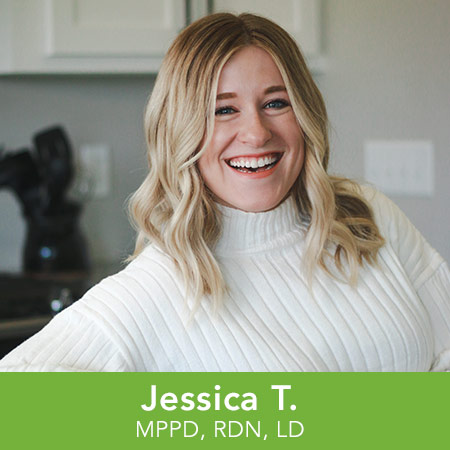
October is National Seafood Month! Seafood, salmon in particular, has become an increasingly popular choice because of its lean protein and its stellar nutrition profile. Higher demand for salmon has led to more and more confusion on whether to purchase wild-caught or farm-raised salmon. The primary topic up for debate here is sustainability. And according to the Food Industry Association’s Power of Seafood 2022, 7 out of 10 people don’t feel very knowledgeable about sustainable seafood. So, let’s talk about salmon and sustainability!
First, Our Sustainability Promise is for all Fresh Seafood
At our stores we sell fresh wild-caught and farm-raised seafood with the highest standards in the industry. We partner only with suppliers that we know and trust. And that trust includes a commitment to help restore our marine and coastal ecosystems. That’s how we do our part to help build a more sustainable seafood market!
One of the most popular questions that I’m asked about salmon is: Isn’t wild-caught salmon more sustainable than farm-raised salmon?
The short answer is no. In fact, this answer is true of all seafood. Without farm-raised options, the seafood industry would be entirely unsustainable! We consume more seafood than the ecosystem can keep up with, making it impossible to rely only on wild-caught fish. Farming seafood allows the food supply to keep up with the needs of a growing population.
What about the environmental impacts of farm-raised salmon?
While there are valid concerns about how farming salmon impacts the environment, there are also many misconceptions about those concerns. Where do salmon thrive? Think sheltered, deep, and cold waters. Therefore, you will find most salmon farmed in places like Chile, Canada, and Norway. Large nets hold the salmon, comparable to how a fence holds cattle in the field. Salmon farming operations are committed to maintaining the marine ecosystem by moving the nets periodically to reverse any temporary damage to the sea floor. They are also required by law to monitor the sea floor for any environmental damage. Not only do governments require this, but organizations like the Marine Stewardship Council and the Aquaculture Stewardship Council oversee these practices as well.
What about the “color” added to farm-raised salmon?
This is another common misconception! You may notice that the farm-raised salmon in the fresh department has “added color” on the ingredient list. To understand this, we need to take a closer look at the food chain of wild salmon. The diet of wild salmon largely consists of krill, and those krill consume an algae containing high levels of an antioxidant called astaxanthin. The astaxanthin naturally gets passed up the food chain from algae, to krill, to wild salmon. Ultimately giving wild salmon it’s pink hue! Have you ever heard about how flamingos are pink because of what they eat? Their diet contains the same antioxidant that makes salmon pink!
Farm-raised salmon do not eat wild krill, so the astaxanthin goes directly into their feed. It’s a healthy part of every salmon’s diet that also gives them great color!
Does “Wild-Caught” salmon have better nutrition?
A 2020 study looking at the nutrition of various salmon options available to consumers found that wild Sockeye, wild Chinook, farmed Atlantic, and farmed Atlantic organic categories of salmon were all defined as “best options” due to their nutrient density. In other words, some of the most nutrient packed salmon options are a mix of both farm-raised and wild-caught salmon. The study accounted for protein content, omega-3s, and mercury content in addition to general nutrient density.
Ultimately, all salmon varieties, whether wild-caught or farm-raised, can be part of a healthful diet. The nutritional benefits are plentiful for both categories of salmon, and either one makes a great choice for your recommended 2-3 servings of seafood weekly!
My personal experience with farm-raised salmon
All the fish at our fresh seafood counter arrives from all over the world within 24-72 hours after harvesting. But did you know that there is a salmon farm much closer to home? I recently had the opportunity to spend a few days touring Superior Fresh in Hixton, WI. They produce remarkably sustainable salmon – in the USA! Not only is their salmon sustainable, but it also contains 2x more omega-3s compared to other salmon. The farming operation includes two sides (really three if you include the land restoration focus surrounding the farm) – salmon farming and an aquaponic greenhouse. The salmon and plants rely on each other like an ecosystem. The plants thrive off the water from the salmon pools and purify the water in the process. The water then returns to the salmon pools! What a great example of how the future of salmon farming continues to evolve and match our need for even more sustainable food systems. And the best part is – you can find their salmon at our fresh seafood counter!
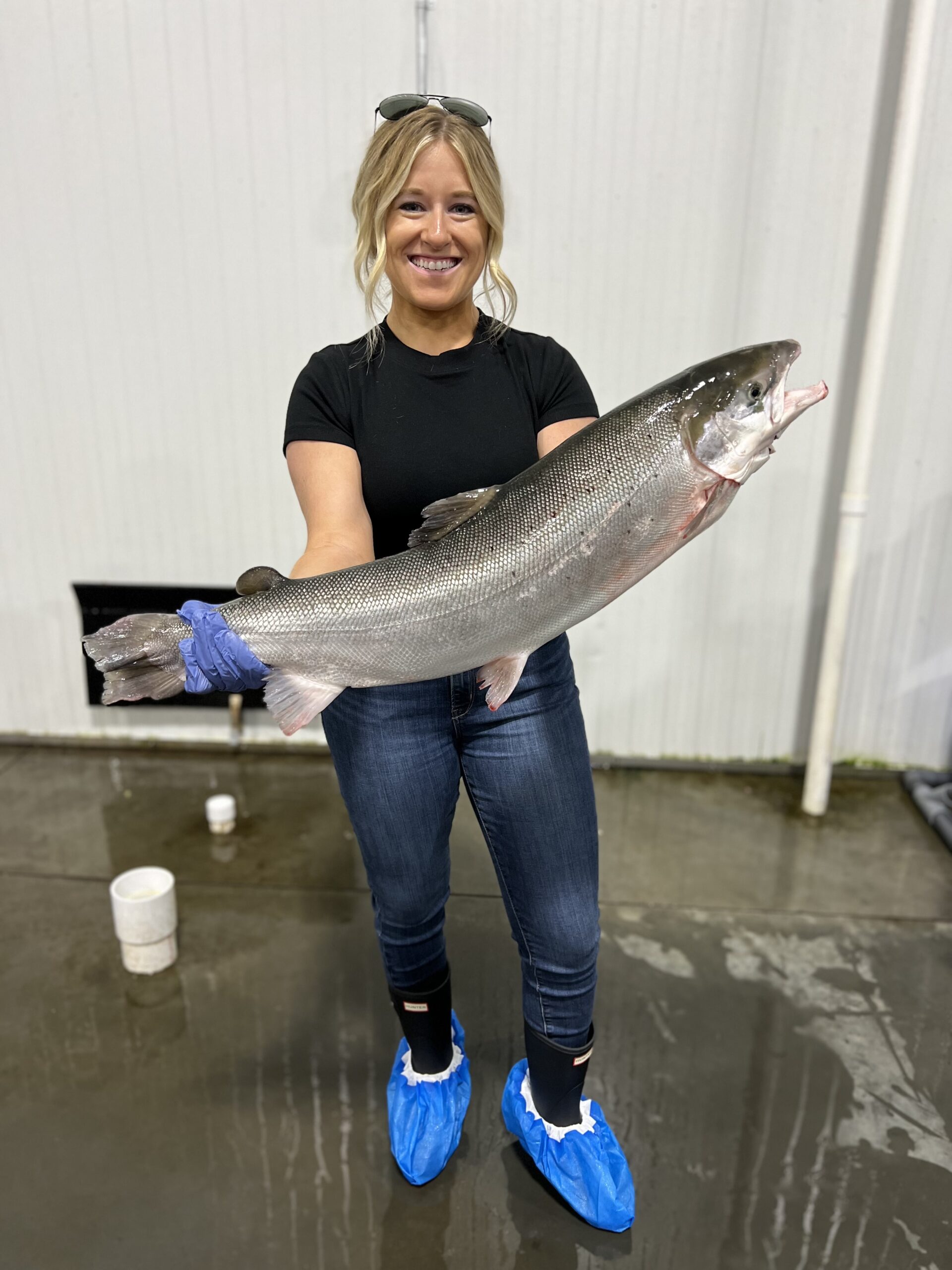
Truly, each of these topics could be a blog on their own! The world of seafood and sustainability is challenging to understand, and it feels like misinformation exists at every turn. When you’re choosing your salmon, keep in mind: It’s not about wild-caught versus farm-raised. Instead, it’s about wild-caught and farm-raised each having a place in our food choices. Either is an excellent, nutritious choice and both are necessary for a sustainable food system. And in other good news, we can look to organizations like Superior Fresh to pave the way for even further elevating sustainable practices in salmon farming.
Have more questions about wild-caught and farm-raised salmon for our team of Registered Dietitians? Reach out to us below!
Happy Eating!
Jess, Registered Dietitian
MPPD, RDN, LD
Study referenced:
Colombo SM, Mazal X. Investigation of the nutritional composition of different types of salmon available to Canadian consumers. Journal of Agriculture and Food Research. 2020;2:100056. doi:10.1016/j.jafr.2020.100056

